Chengqin Ye
An Automatic Cardiac Segmentation Framework based on Multi-sequence MR Image
Sep 12, 2019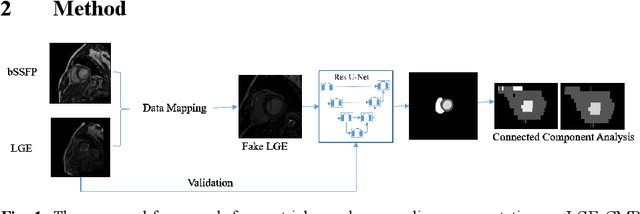
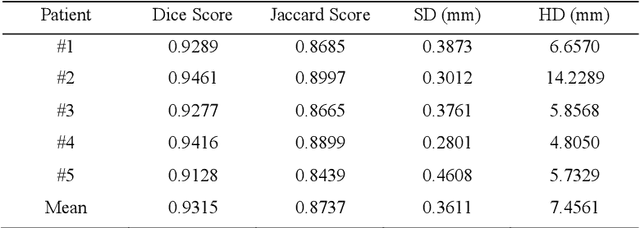
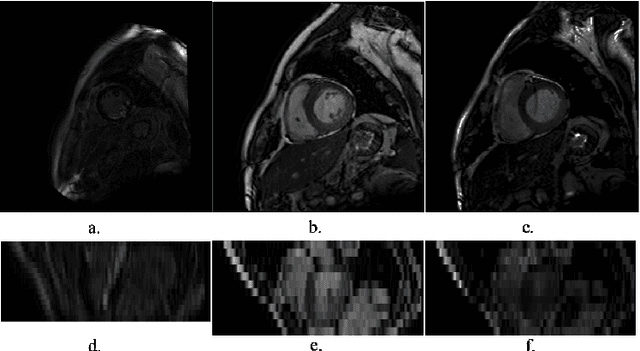

Abstract:LGE CMR is an efficient technology for detecting infarcted myocardium. An efficient and objective ventricle segmentation method in LGE can benefit the location of the infarcted myocardium. In this paper, we proposed an automatic framework for LGE image segmentation. There are just 5 labeled LGE volumes with about 15 slices of each volume. We adopted histogram match, an invariant of rotation registration method, on the other labeled modalities to achieve effective augmentation of the training data. A CNN segmentation model was trained based on the augmented training data by leave-one-out strategy. The predicted result of the model followed a connected component analysis for each class to remain the largest connected component as the final segmentation result. Our model was evaluated by the 2019 Multi-sequence Cardiac MR Segmentation Challenge. The mean testing result of 40 testing volumes on Dice score, Jaccard score, Surface distance, and Hausdorff distance is 0.8087, 0.6976, 2.8727mm, and 15.6387mm, respectively. The experiment result shows a satisfying performance of the proposed framework. Code is available at https://github.com/Suiiyu/MS-CMR2019.
* accepted by STACOM 2019
Focus On What's Important: Self-Attention Model for Human Pose Estimation
Sep 22, 2018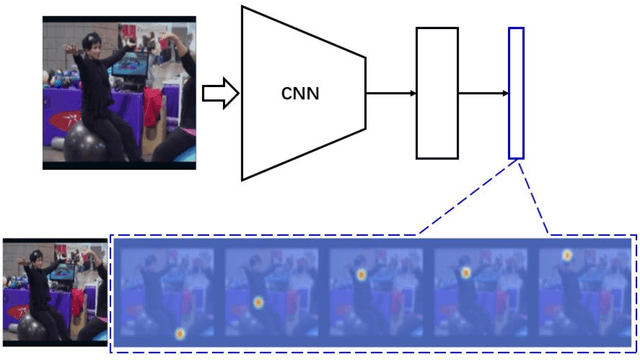
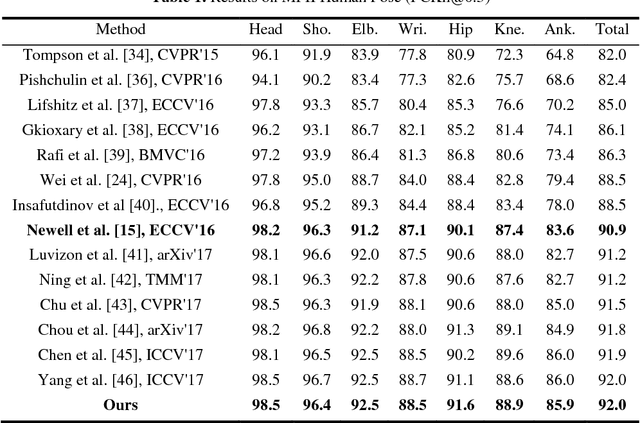

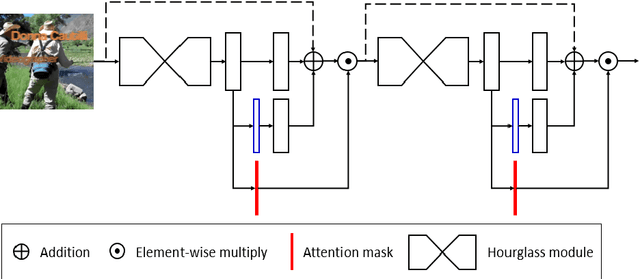
Abstract:Human pose estimation is an essential yet challenging task in computer vision. One of the reasons for this difficulty is that there are many redundant regions in the images. In this work, we proposed a convolutional network architecture combined with the novel attention model. We named it attention convolutional neural network (ACNN). ACNN learns to focus on specific regions of different input features. It's a multi-stage architecture. Early stages filtrate the "nothing-regions", such as background and redundant body parts. And then, they submit the important regions which contain the joints of the human body to the following stages to get a more accurate result. What's more, it does not require extra manual annotations and self-learning is one of our intentions. We separately trained the network because the attention learning task and the pose estimation task are not independent. State-of-the-art performance is obtained on the MPII benchmarks.
 Add to Chrome
Add to Chrome Add to Firefox
Add to Firefox Add to Edge
Add to Edge